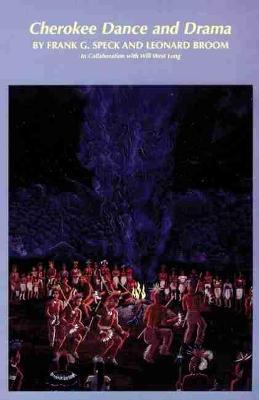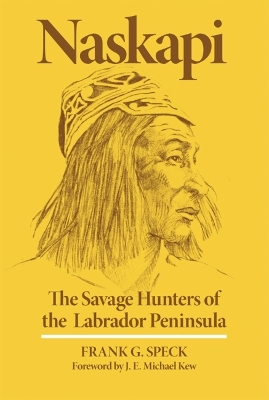The Civilization of the American Indian
2 total works
Traditionally, the Cherokees dance to ensure individual health and social welfare. According to legend, the dance songs bequeathed to them by the Stone Coat monster will assuage all the ills of life that the monster brought. Winter dance (including the Booger Dance, which expresses the Cherokees' anxiety at the white invasion) are to be given only during times of frost, lest they affect the growth of vegetation by attracting cold and death. The summer dance (the Green Corn Ceremony and the Ballplayer's Dance) are associated with crops and vegetation. Other dances are purely for social intercourse and entertainment or are prompted by specific events in the community.
When it was first published in 1951, this description of the dances of a conservative Eastern Cherokee band was hailed as a scholarly contribution that could not be duplicated, Frank G. Speak and Leonard Broom had achieved the close and sustained interaction that very best ethnological fieldwork requires. Their principal informant, will West Long, upheld the unbroken ceremonial tradition of the Big Cove band, near Cherokee, North Carolina.
Convinced that native culture survived in its purest form in the northern portions of North America, Frank Speck devoted almost twenty years of research to the Naskapi of Canada's Labrador Peninsula during the first quarter of the twentieth century. He determined the Naskapi's lifestyles were primitive compared to those of other natives, but their spiritual culture was highly developed. The Naskapi stressed the importance of dreams and dream interpretations, of communing with the spirit world, and of rituals honoring animal spirits.

